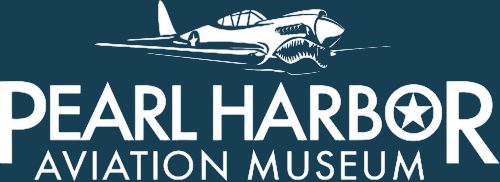“Figure 1 doesn’t really show how aerial pictures were taken in World War II. However, the people in the picture were real photographers from Utility Squadron VJ-1.”
Posted on September 1, 2017
By Ray Panko | [email protected] | Pearl Harbor Aviation Museum
Aerial Photographers in Pearl Harbor
Figure 1: Aerial Photographers from Squadron VJ-1 in Pearl Harbor

Source: National Archives 80-G-40060.
No. Figure 1 doesn’t really show how aerial pictures were taken in World War II. However, the people in the picture were real photographers from Utility Squadron VJ-1. Based in Ford Island’s Hangar 37 at Pearl Harbor, they took most of the photos you have seen of the ships around the island before and after the Japanese attack in Pearl Harbor. This massively retouched photo was created by the squadron for a Christmas card. It shows the Grumman J2F “Duck” they often flew and the cameras that they used.
The cameras in Figure 1 are Fairchild K-17s—the most widely used American aerial cameras in the war. These cameras used enormous 9-inch square negatives on a roll of 200 to 300 feet. This film magazine gave 250 to 390 exposures. For high-altitude photography, there is no substitute for focal length. K-17s offered lenses with the remarkable focal lengths of 6, 12, or 24 inches. The quality of the images produced by these cameras was astounding.
How did aerial photographers really take their pictures? As Figure 2 shows, the camera operator often just leaned out of the airplane. This shot also gives you a better view of the K-17. The aircraft pictured is a Douglas SBD Dauntless dive bomber. The photo is being taken by the rear gunner/radio operator.
Figure 2: Fairchild K-17 Used by an SBD Rear Gunner/Radio Operator

Source: National Archives Photo 80-G-416837.
Finally, Figure 3 shows another approach that was widely used in reconnaissance over enemy territory. Here, the cameras are mounted in the nose of the aircraft. The airplane in the picture is a Lockheed F-4 Lightning. This was a photoreconnaissance version of the Lockheed P-38 Lightning. The airplane typically carried several cameras. The Lockheed F-5 that replaced it could carry more cameras mounted vertically and obliquely. Cameras are lighter than machine guns, and film is lighter than bullets. This made the reconnaissance Lightnings the fastest Lightnings of them all.
Figure 3: Cameras in the Nose of a Lockheed F-4 Reconnaissance Aircraft

Source: United States Air Force.


